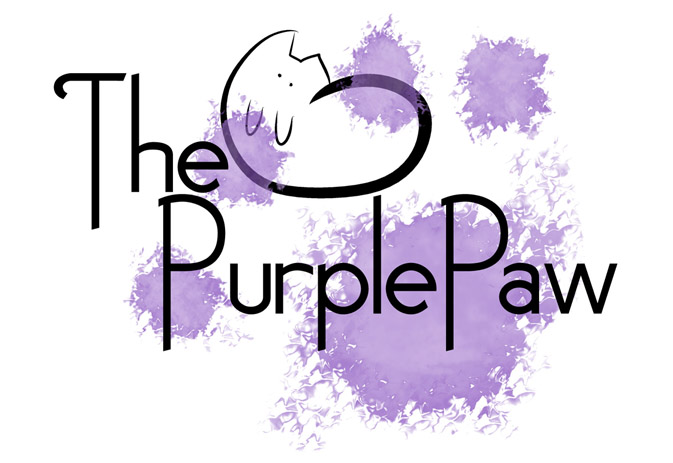INTRODUCTION
So, what are niches? Niches are, basically, what an organism can eat, where it can live, how complex its shelter is, est. There are narrow niches (meaning that the organism has very limited food that it can eat and can only stay in a single or few different climates, hemispheres, continents, est.), medium niches (the organism having few food and living area choices, being more then the narrow niche animals and plants, but still fairly limited), and lastly broad niches (these organisms can live in a wide range of places. They also have diverse diet choices. They are quite adaptable and flexible). Today, I will be writing about the cat's niche.
FOOD
Cats eat a wide verity of animals, mostly mammals. They eat shrews, mice, rats, snakes, fish, young rabbits, birds, voles, insects, moles, squirrels, frogs, chipmunks, lizards, and several other creatures. Stray cats will also root through the garbage, eating anything that smells right. House cats eat cat food. So yes, a wide range of food.
Cats will also eat grass. But they do it, not for food, but to help cure their stomach aches. When a cat eats grass, the grass makes the cat vomit. Though it may sound disgusting, it is very healthy for a cat. Vomiting because of the grass will force out everything in the cat's stomach, cleansing it. Now, whatever was bothering the cat is out.
Abut, there are also many things that are poisonous to cats. Some toxic plants are ivy, tomatoes, pits of almonds, ferns, elderberry, yew, foxglove, emerald feather, flax, morning glory, fiddle-leaf fig, bamboo, beargrass, aloe, mushrooms, mistletoe, and countless others. I advise you to, before you purchase a house plant, you do some research.
Though there are many plants that are harmful/fetal to cats, there are also quiet a few that are okay or even beneficial to cats. Basil, cornflower, zinnia, Irish moss, jasmine, and the spider plant, just to name a few, are are quite fine for cats.
As for animals that are dangerous to cats, look out for lizards (a little bit is okay, but to much is fetal. Lizards cause unhealthy weight loss to cats if eaten) and poisonous insects. It is best to keep your cat indoors to avoid your friend ingesting these.
There are also human things that are toxic to cats like raw tomatoes and potatoes (kills cats red blood cells), caffeine (which can result to serious health problems, some being fetal), chocolate (because it contains caffeine), grapes and raisins (resulting to kidney failure), milk (most cats are allergic to milk. They giving your cat cream or soy, almond, or rice milk as a substitute), and others like eggs.
So, there are also a lot of foods that are dangerous to cats.
HABITAT AND HOME
House cats live petty much everywhere humans live--all over the world. Strays, too, live almost everywhere (other then where it is too cold for them, though cats can adapt to temperatures that are very cold).
Cats adapt to uncomfortably exaggerated temperatures (whether its hot or cold) quite well. Seance they evolved from a small wild cat that lives in the desert, cats are especially good at cooling off. When they feel hot, they find a shaded spot and stretch out, releasing body heat. Why, cats can even keep a cool brain! The blood that is about to go to their brain first stops at the nose, where it cols (this is because, like human fingers, gets cold faster then most of the rest of the cat's body, this is because it kind of sticks out and is separated from the main part of the body, where its warmest). Then, the cool blood goes to the brain.
Cats can also survive in a cold climates by adapting. Generation after generation, their fur would get longer and thicker and more suitable to the freezing cold temperature. To keep warm, the cat would curl up into a tight ball, probably in the most sunny spot or on a blanket or something of the likeness. And/or the cat would find a souse of heat to sleep on , like another cat, a human's lap, or a heating vent.
CONCLUSION
As we have learned, cats have a wide range of food. Although, they can't eat quite a lot of food, due to the fact that it could be fetal to them. They live virtually everywhere and can endue and adapt to both extreme heat and cold.
So what would you say a cat's niche is? Narrow, medium, or broad? I believe that a cat's niche is broad. Why? Because, though they have their limits, cats are very flexible to change. They can scavenge and hunt. They can be loners but still work together in times of need. They can survive in heat and cold. They can live in forests, tundras, grasslands, plains, marshes, est. So this is no exaggeration I make when I say that cats are truly amazing.
-KittyLover8
© 2013
